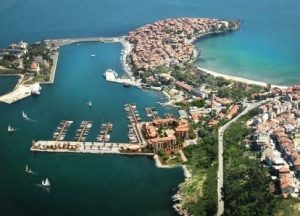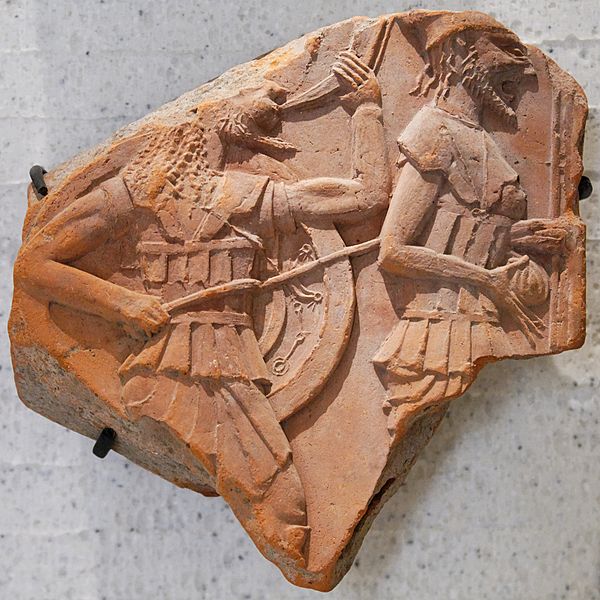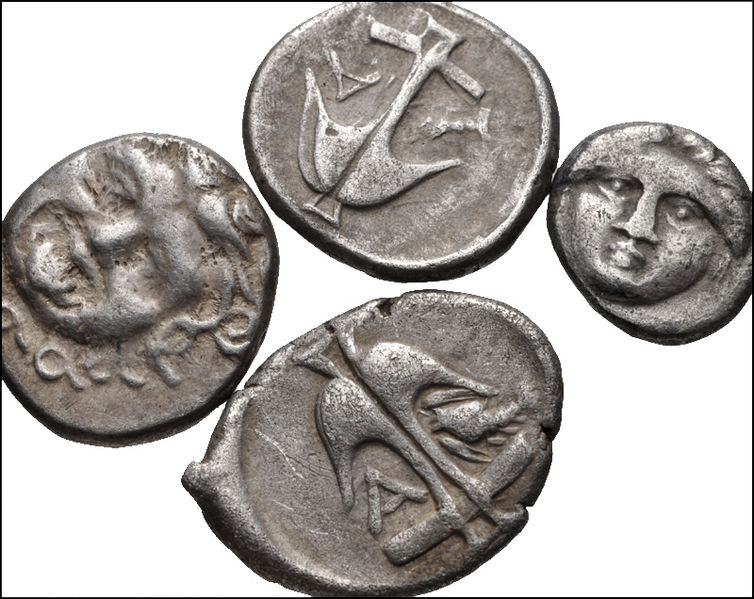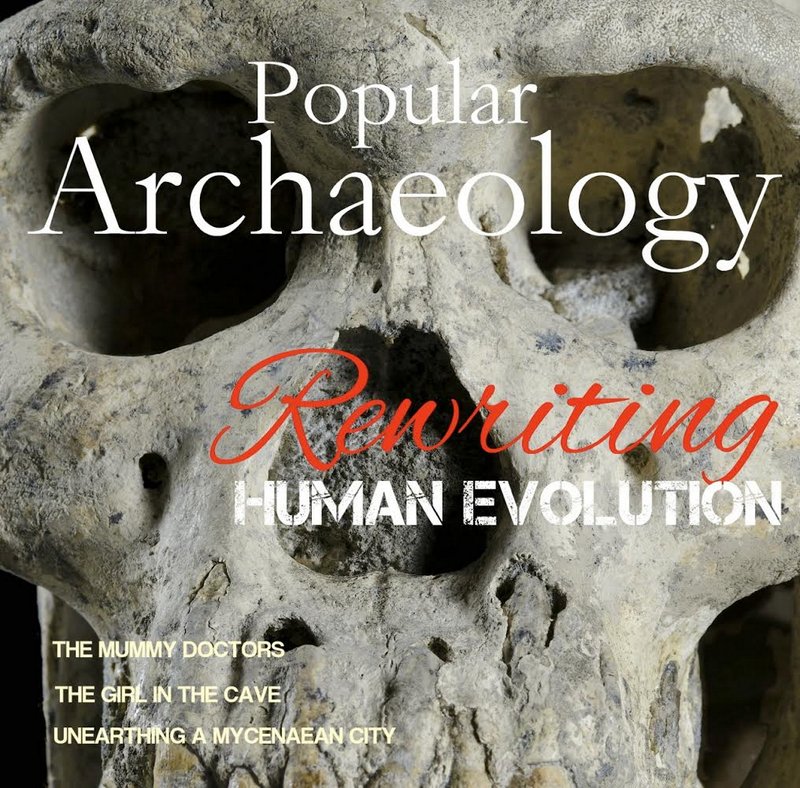
Sozopol, Bulgaria—A team of archaeologists are discovering new finds on a tiny island just off the Black Sea coast near Sozopol, Bulgaria—finds that may shed additional light on the location and features of a lost temple to Apollo erected by Archaic Greeks in the late 6th century BCE.
Epigraphic sources document that a temple to Apollo was raised on an island near the ancient Greek colony of Apollonia Pontica, which is located near present-day Sozopol. But there has been no evidence to suggest where the temple was actually located—until recently, when an archaeological team under the direction of Kristina Panayotova of the National Institute of Archaeology and Museum, Bulgarian Academy of Sciences, unearthed a fragment of East Greek pottery with an inscription dedication to Apollo.
The ancient temple was famous for another reason: It was here, in front of the temple, where a colossal 13-meter high bronze statue of Apollo was raised and dedicated to the Apollo letros (the Healer), the patron deity of Apollonia Pontica.
“In 72 BCE the Romans under Marcus Lucullus sacked the city and the colossal sculpture was taken to Rome as a trophy,” state Panatoyova and colleagues in a summery of their excavations project on the island. “It was exhibited for several centuries on the Capitoline Hill.”* It has been lost to the world since the advent of the Christian era, as has the exact location of the temple.
Panayotova’s teams have been conducting excavations at the site since 2009, and have thus far uncovered evidence of Greek settlement here going back as far as the 7th century BCE and a late 6th-early 5th century BCE Archaic Greek temple complex which may be the lost temple of Apollo. Other finds included remains of a temple from the 4th century BCE Hellenistic period; an ancient Greek tholos; an ancient Greek copper foundry; an early Byzantine basilica and necropolis; two ritual pits from the Archaic period containing numerous artifacts; several early Christian 5th century CE graves; structures dated to the Archaic period; and many other finds.
Apollonia Pontica is considered among the earliest urban Greek settlements on the Western Black Sea coast. The city acquired its name in honor of its patron deity, Apollo, and was founded by the philosopher Anaximander and Miletian colonists around 610 BC., becoming an important center of trade between ancient Greece and Thrace. Strong, prosperous and independent for centuries, it was finally conquered by the Roman legions under Marcus Lucullus in 72 BCE. The city thereafter became known as Apollonia Magna, or Great Apollonia. Its name was changed to Sozopol during the Christian period in the 4th century CE.
__________________________________
 Found at Apollonia Pontica, terracotta plaque frieze fragment artifact shows two hoplites. Marie Lan-Nguyen, Wikimedia Commons
Found at Apollonia Pontica, terracotta plaque frieze fragment artifact shows two hoplites. Marie Lan-Nguyen, Wikimedia Commons
__________________________________
 Found at Apollonia Pontica, a lot of 4 Greek silver coins. Wikimedia Commons
Found at Apollonia Pontica, a lot of 4 Greek silver coins. Wikimedia Commons
__________________________________
Panayotova and colleagues plan to return to continue excavations at the site in 2015, and will be operating a field school for students and volunteers. “The Field School Season 2015 envisions excavations at the top of the island, in the area of the Archaic and Classical Greek and Hellenistic temples, Ancient Greek copper foundry and the Early Christian basilica and necropolis, where the excavations from 2012 take place,” state Panayotova and colleagues.*
More information about Apollonia Pontica and the field school can be obtained at the project website.
See the earlier news article published by Popular Archaeology in 2013.
____________________________________________
*http://www.bhfieldschool.org/project/APexc
Cover Image: Harbor at Apollonia Pontica, courtesy Apollonia Pontica Excavation Project, Balkan Heritage Field School.
____________________________________________
Read about the most fascinating discoveries with a premium subscription to Popular Archaeology Magazine. Find out what Popular Archaeology Magazine is all about. AND MORE:
On the go? Get the smartphone version of Popular Archaeology as an app or as an ebook.
Just released!
The special new premium quality print edition of Popular Archaeology Magazine. A beautiful volume for the coffee table.
Travel and learn with Far Horizons.
____________________________________________
Popular Archaeology’s annual Discovery Edition eBook is a selection of the best stories published in Popular Archaeology Magazine in past issues, with an emphasis on some of the most significant, groundbreaking, or fascinating discoveries in the fields of archaeology and paleoanthropology and related fields. At least some of the articles have been updated or revised specifically for the Discovery edition. We can confidently say that there is no other single issue of an archaeology-related magazine, paper print or online, that contains as much major feature article content as this one. The latest issue, volume 2, has just been released. Go to the Discovery edition page for more information.









